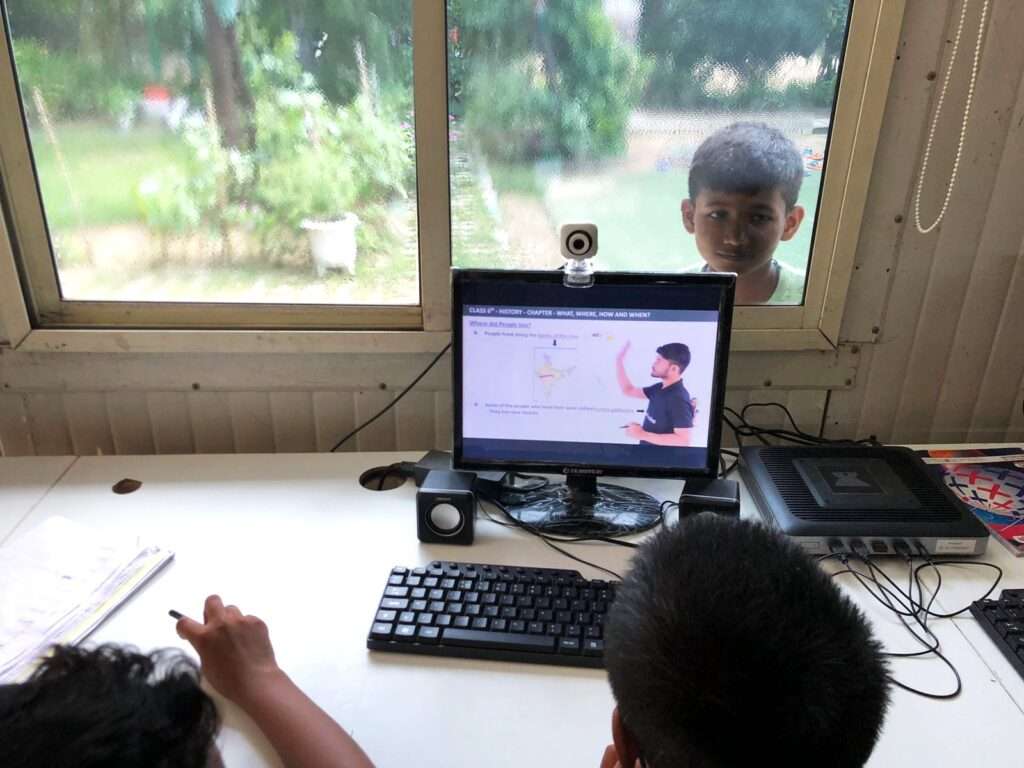
@Udan Foundation , Anand Nagar, New Delhi
In today’s rapidly advancing digital age, access to education is no longer confined within the walls of traditional classrooms. The internet has become a vast repository of knowledge, offering opportunities for learning and growth like never before. However, despite the wealth of resources available online, there exists a significant digital education divide that disproportionately affects different segments of society, particularly the rich and the poor.
This digital education gap, often referred to as the “digital divide,” encompasses disparities in access to technology, internet connectivity, and digital literacy skills. While children from affluent backgrounds may have access to state-of-the-art devices, high-speed internet, and personalised learning tools, those from economically disadvantaged families often lack these resources, putting them at a disadvantage in the digital realm.
Recognizing the importance of addressing this digital disparity early on, Teach to Earn has emerged to bridge the gap and promote digital education for all socio-economic strata of society. At the heart of Teach to Earn is the belief that access to technology and digital literacy are fundamental rights that should be accessible to every child, regardless of their financial circumstances.
One of the key components of Teach to Earn is providing access to computers at subsidised rates which include a complete set of PCs , making it affordable for families from low-income backgrounds to equip their children with the tools they need to thrive in the digital age. By partnering with technology companies, educational institutions, and government agencies, Teach to Earn aims to ensure that no child is left behind due to lack of access to technology.
Moreover, It goes beyond merely providing hardware by offering comprehensive digital literacy programs designed to empower children with the skills they need to navigate the digital landscape confidently. These programs cover a wide range of topics, including basic computer skills, internet safety, coding, and digital citizenship, equipping students with the knowledge and capabilities to succeed in the digital world.
By promoting digital education in the early stages of a child’s life, Teach to Earn lays the foundation for lifelong learning and empowers children to reach their full potential regardless of their socio-economic background. Through partnerships with schools, community centres, and non-profit organisations, we have reached children in underserved communities, ensuring that they have equal opportunities to excel in the digital age.
Furthermore, Teach to Earn adopts a holistic approach to digital education, recognizing that bridging the digital divide requires addressing not only access to technology but also socio-economic barriers that may hinder learning opportunities. By collaborating with local communities and stakeholders, we foster a supportive ecosystem where children from all walks of life can thrive academically and professionally.
In conclusion, bridging the digital education divide is essential for creating a more equitable society where every child has the opportunity to succeed. By investing in digital literacy and empowering children with the skills they need to thrive in the digital age, we can create a brighter future for generations to come.
If you feel the same, do post a comment on the idea !
